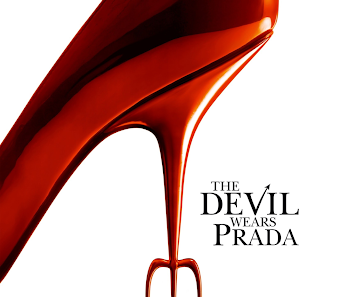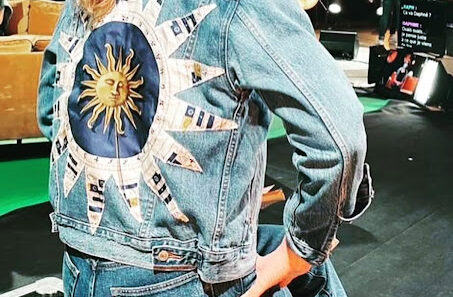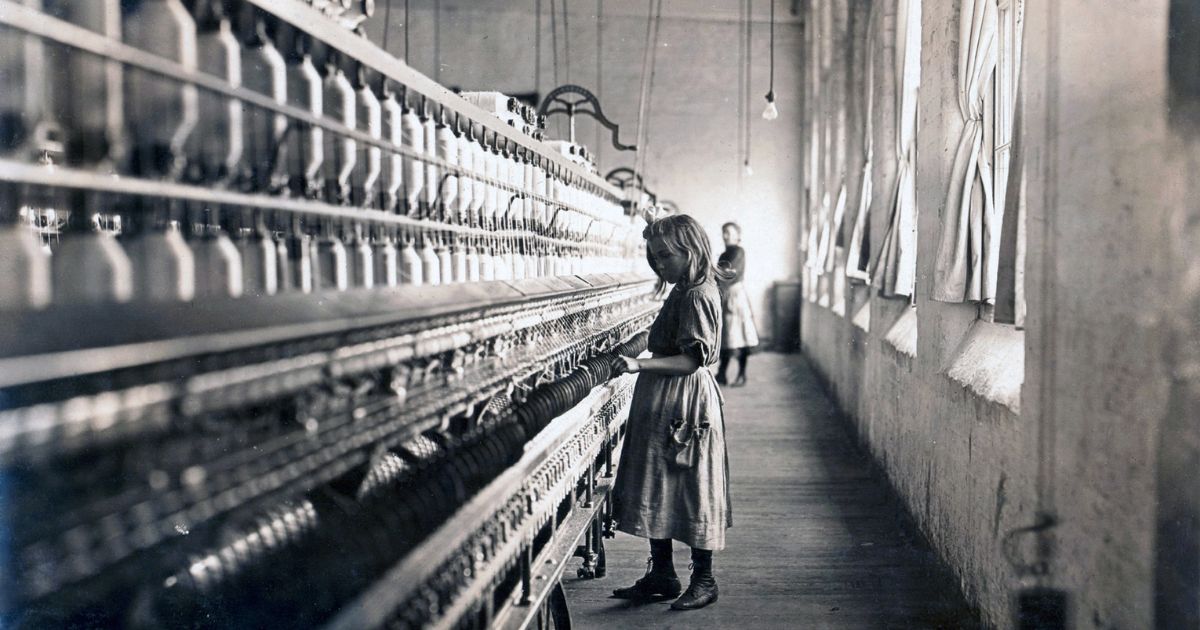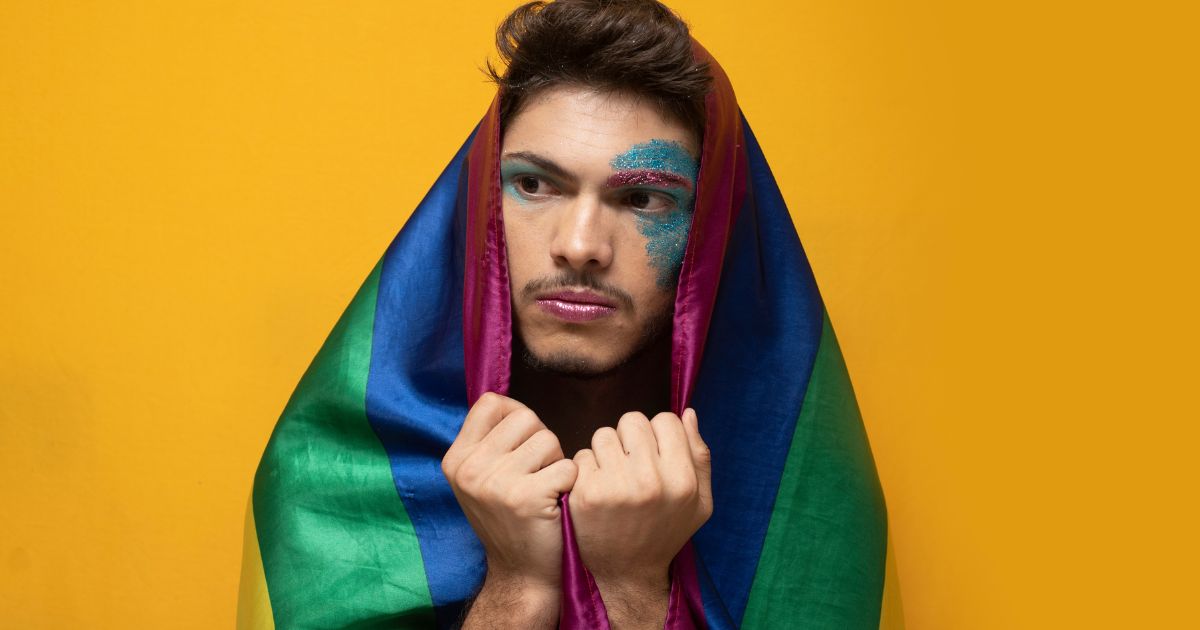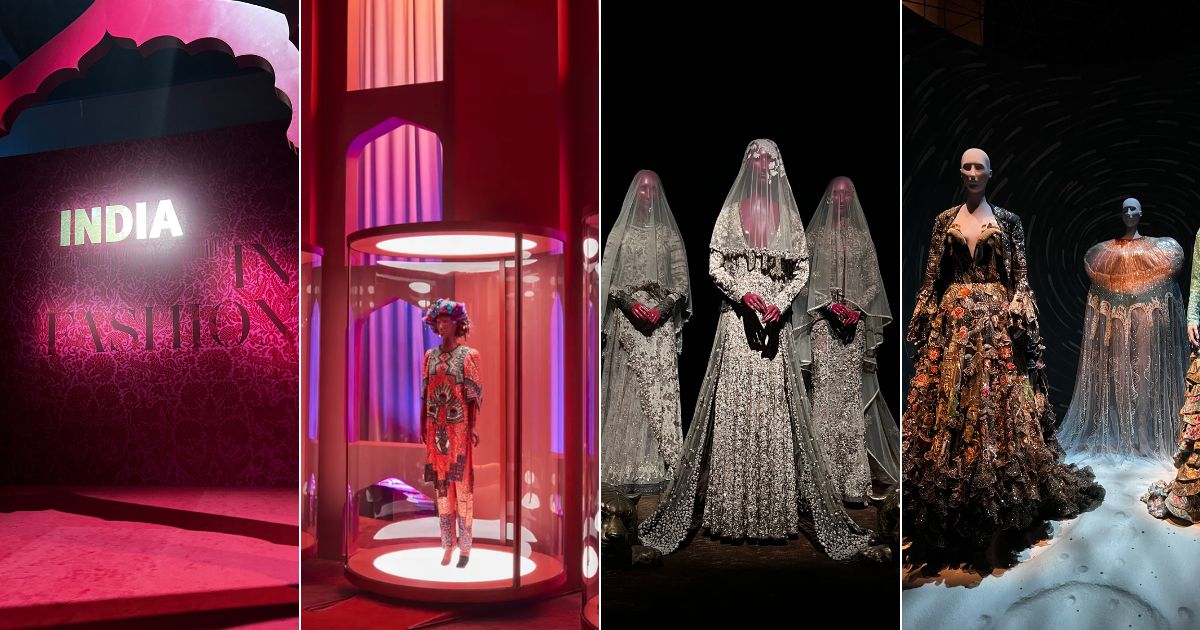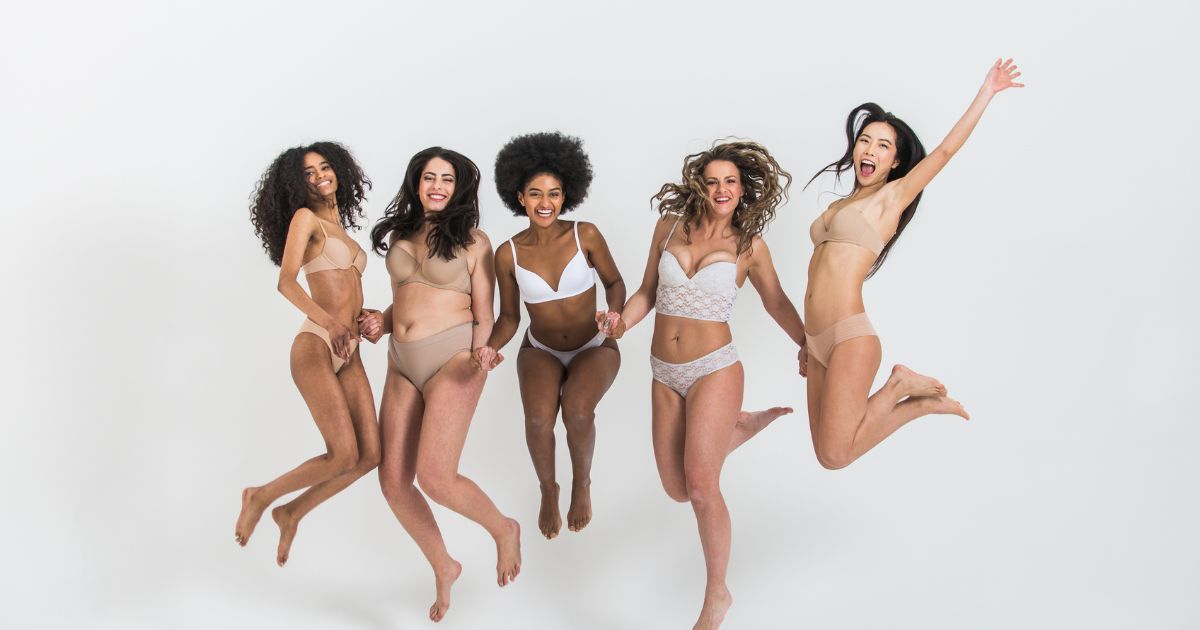Eating disorders are a widely known problem and have a long history in the fashion industry. Despite pushing for body size inclusivity and positivity, a high proportion of the models remain dangerously thin.
The pressure on models, both male and female to conform to unattainable ideals is immense. This pressure frequently comes from agents and designers alike, who feel that a model’s success is directly dependent on appearance and this makes them obsess over their bodies.
There is added stress as even the most famous models are easily disposable. This can lead to distorted eating behaviours, which can have serious consequences.
Eating disorders are a type of psychological condition characterized by distorted attitudes towards food, weight and body shape. These can be divided into 3 main types namely, Anorexia Nervosa, Bulimia Nervosa and Binge Eating Disorder.
Out of these, Anorexia Nervosa is the most well-known one. People with this condition generally view themselves as overweight, even when they are extremely thin. This leads to constant weight monitoring and restricting calorie intake.
People with Bulimia Nervosa eat a large amount of food during a specific period. They continue eating till they are full. They then indulge in behaviour like forced vomiting, fasting and excessive exercise to compensate for the calories consumed.
People with Binge eating disorders also consume large amounts of food within a short period often due to a lack of control. But they do not indulge in purging behaviour.
These conditions do not resolve on their own and often require the intervention of medical experts to alter their course.
The industry has been criticized for promoting the size zero culture. Social media and the internet also contribute to the problem by promoting perfection and acting as a trigger for these behaviours. The thigh gap trend was widely criticized for promoting an unhealthy body ideal. Moreover, there is a lack of support for the models who already struggle with eating disorders.
The fashion industry has a huge effect on everyday life and requires comprehensive changes. Thin celebrities and models are pinned by the media as the standard of beauty and often have a negative impact on people, especially teenagers.
In order to combat this, there are various steps that can be taken.
- Promoting diversity in the fashion industry can help reduce the pressure to be ultra-thin and bring about acceptance of a more inclusive vision of beauty. Brands like Aerie have been praised for using unretouched photographs of models in their campaigns.
- Providing support to models who are struggling with eating disorders is extremely important. The models should have access to healthcare along with counselling.
- Fixing accountability on the stakeholders within the fashion industry for perpetuating this culture, can be effective. There is a need for further campaigns and legislative efforts to improve the situation. Many countries have banned ultra-thin models in an effort to make things better.
In conclusion, eating disorders dangerously impact both mental as well as physical health and can lead to conditions like organ failure, malnutrition, depression and even suicide. Promoting a healthy and more inclusive industry is the need of the hour for the overall well-being of all.
References
https://www.healthline.com/nutrition/common-eating-disorders#-4.-Pica
https://samplius.com/free-essay-examples/eating-disorders-in-the-fashion-industry/




